On October 21 2025 Samsung launched its brand new headset named Samsung Galaxy XR which is co-developed with Google and Qualcomm. This headset launch states Samsung’s declaration that it wants a serious piece of the extended-reality future. With Apple’s Vision Pro still fresh and Meta’s Quest 3 dominating the midrange, Samsung has chosen to enter the competition.
Design and Comfort: Finally, a Headset That Doesn’t Feel Like a Brick
Honestly, most people, including me, do not like to wear bigger headsets. But thankfully the Samsung Galaxy XR is not one of them. The headset, which comes with a separate 302 g battery pack, weighs about 545 g. It will not crush your face, although it’s also not lightweight.
The strap system spreads the load evenly, and the padding feels premium typical Samsung polish. The detachable light shield helps if you want to toggle between full immersion and mixed-reality mode.
The worst part, though, is that separate battery pack. It has a tether. So while Samsung calls it modular, it still means an extra cable hanging as you move. It’s fine for casual sessions, but less ideal for long gaming hours or dance-around experiences.
In comparison the Galaxy XR is lighter and more wearable than Apple’s Vision Pro, also sturdier and more premium than Meta’s Quest 3.
Display and Visuals: Pin-Sharp, Immersive, and Mostly Smooth
Samsung didn’t skimp on visuals. Dual micro-OLED displays deliver a resolution of 3,552 × 3,840 per eye, with a 109° field of view—wide enough to feel like you’re actually in the world, not peeking through a letterbox.
The display runs at a 72 Hz default refresh rate, bumping to 90 Hz when needed. That’s good—but not perfect. Fast-paced gamers will wish for 120 Hz. Still, colors pop, blacks are deep, and HDR content looks phenomenal.
For US users, sports broadcasts or 4K streaming feel life-size and crisp. In India, expect blockbuster films and OTT shows to look vivid, with far less motion blur or eye strain than older headsets.
One weak spot: the passthrough camera. It’s solid, but not crystal clear like Apple’s Vision Pro. Ambient light still causes glare or bloom. It’s usable, but not exactly “seamless reality.”
Performance and Hardware: Snapdragon Power Meets XR Ambition
Under the hood, the Snapdragon XR2+ Gen 2 chip runs the show—Qualcomm’s current top XR platform. Samsung pairs it with 16 GB of RAM and 256 GB of storage, giving it laptop-level grunt for multitasking and rendering.
Tracking is handled by a cluster of sensors: dual high-res passthrough cameras, six world-tracking lenses, four eye-tracking cameras, and depth sensors for precise motion capture.
Connectivity is strong too—Wi-Fi 7 and Bluetooth 5.4 keep latency low, even in crowded Indian apartments or Wi-Fi-dense US homes.
But battery life? That’s the trade-off. You’re looking at around two hours of mixed use, maybe two and a half for passive video. That detachable pack drains fast when pushing full graphics or spatial video. Bring a spare—or stay plugged in.
AI and Software: Gemini in Your Face
Here’s where Samsung flexes its partnership muscle. The Galaxy XR runs Android XR, co-developed with Google and Qualcomm. It integrates Gemini AI, which means you get multimodal smarts—voice, vision, and gesture working together.
You can literally point at something and ask, “What’s that?” and Gemini fetches the answer. “Circle to Search” makes the leap from phones to XR, and it’s surprisingly intuitive.
Core Google apps—Maps, YouTube, Photos—are XR-ready at launch. That’s a solid start, but the ecosystem’s still growing. In my early testing, the AI features felt fun but occasionally half-baked. Auto-spatialized 2D videos? Cool demo, not yet essential.
The promise is there: deep Android integration, open developer tools, and tight Samsung hardware synergy. But right now, Apple’s visionOS still feels smoother and more curated.
Samsung Galaxy XR vs Apple Vision Pro vs Meta Quest 3
| Device | Price | Ecosystem | Value / Weakness |
| Samsung Galaxy XR | ~$1,799 USD | Android XR (open, Google-based) | High-end features for less money, but tethered battery and young ecosystem |
| Apple Vision Pro | ~$3,499 USD | visionOS (closed Apple ecosystem) | Stunning experience, eye-watering price |
| Meta Quest 3 | ~$499–699 USD | Meta (Oculus) | Great for casual users, but lower specs and weaker mixed reality |
Samsung lands right in the sweet spot—premium experience without Apple’s elite pricing. It’s expensive, yes, but for early adopters it’s arguably the best value XR headset of 2025.
Pricing, Release Date, and Accessories
The Samsung Galaxy XR release date lands October 2025 in the US and South Korea, priced at around $1,799 USD.
India’s launch window is expected early 2026, likely priced near ₹1.5–2 lakh, once taxes and import costs are baked in.
Accessories include dedicated Galaxy XR controllers (sold separately at roughly $250) and extra battery packs. It’s not cheap, but Samsung clearly aims for the premium market first before filtering down to more affordable XR devices later.
The pain points? High entry cost and limited initial stock in emerging markets. Also, the external battery setup—practical, but not elegant.
Real-World Use Cases: Work, Play, and Everything Between
So what’s the point of all this tech?
- Work and productivity: Picture hosting a meeting in a floating 3D workspace, eye-tracking your teammates’ avatars. It’s less sci-fi than it sounds.
- Education: Indian classrooms could use XR for virtual labs and simulations—imagine dissecting a 3D frog without the smell.
- Entertainment: The Galaxy XR’s 8K playback and massive field of view make movies feel cinematic again. Just remember, the battery clock is ticking.
- Gaming: Snapdragon XR2+ Gen 2 delivers console-level visuals in compact titles. Lag’s minimal, but refresh rate may limit e-sports-level play.
- Mixed reality life: The passthrough view lets you check your surroundings, message on your Galaxy phone, or move safely around your space.
Samsung’s strategy here is bold: seed a developer ecosystem, prove Android XR can rival Apple’s closed garden, and ride the AI wave all at once.
Final Take: Is the Samsung Galaxy XR the Best Value for Early Adopters?
If you’re the kind of person who still gets goosebumps unboxing new tech, the Samsung Galaxy XR is worth your attention. It’s not flawless—but it’s ambitious, powerful, and surprisingly grounded in usability.
Samsung’s entry into extended reality isn’t just another “me-too” moment. It’s a clear signal: XR is no longer a niche playground for enthusiasts. It’s the next frontier for how we’ll work, play, and maybe waste hours scrolling through floating TikToks.
Just remember—this new world might end after two hours when the battery gives up. But hey, at least those two hours look amazing.
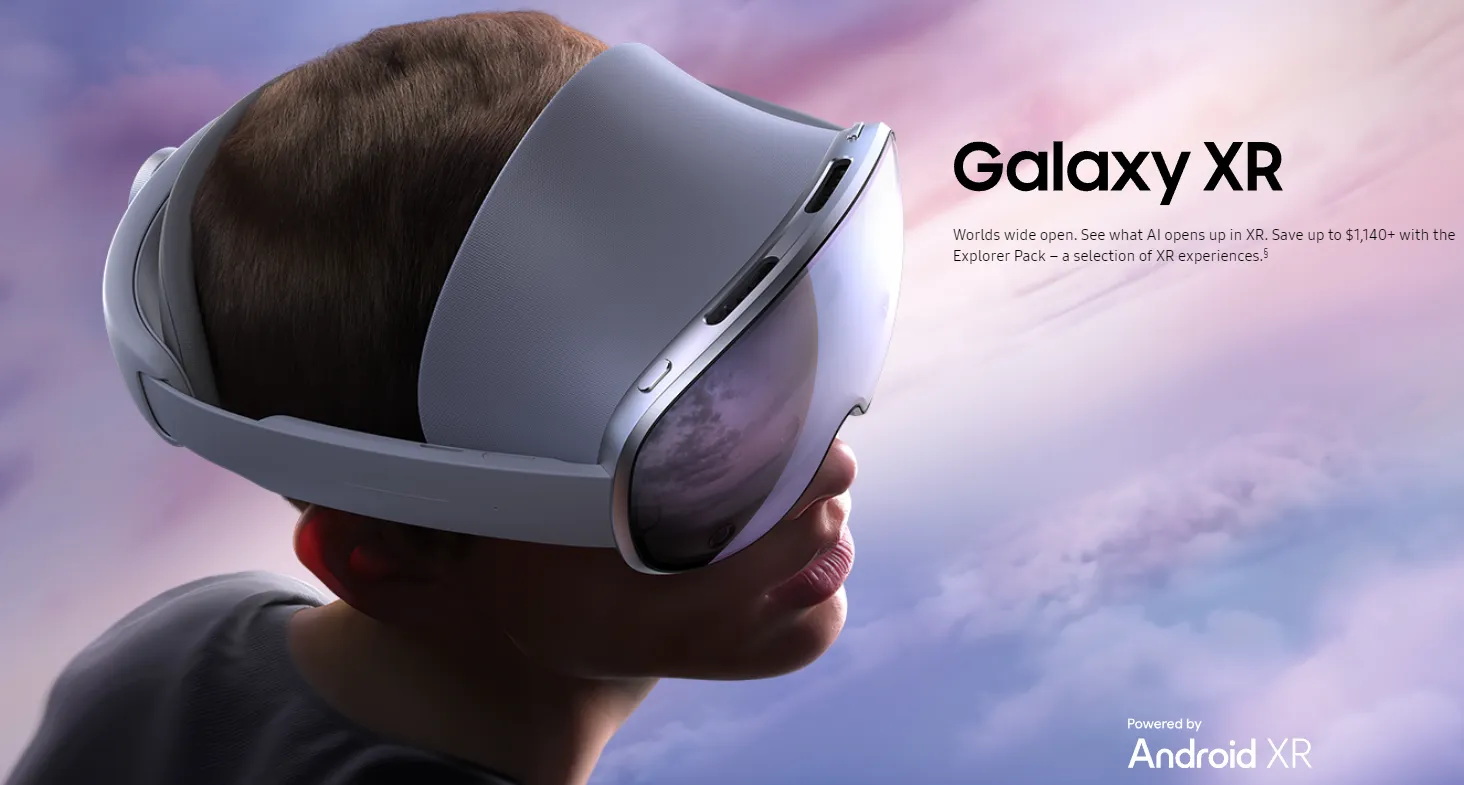



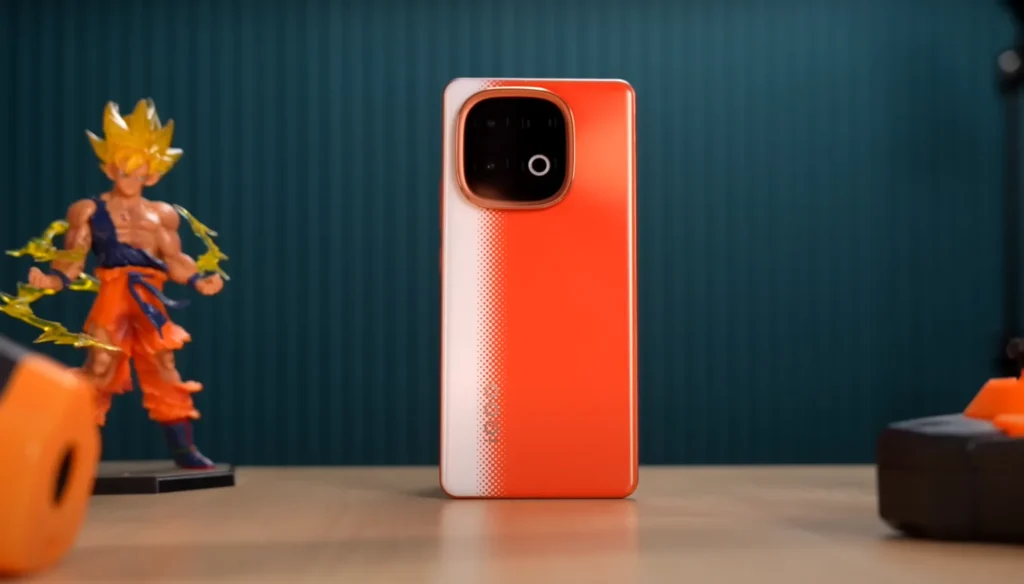
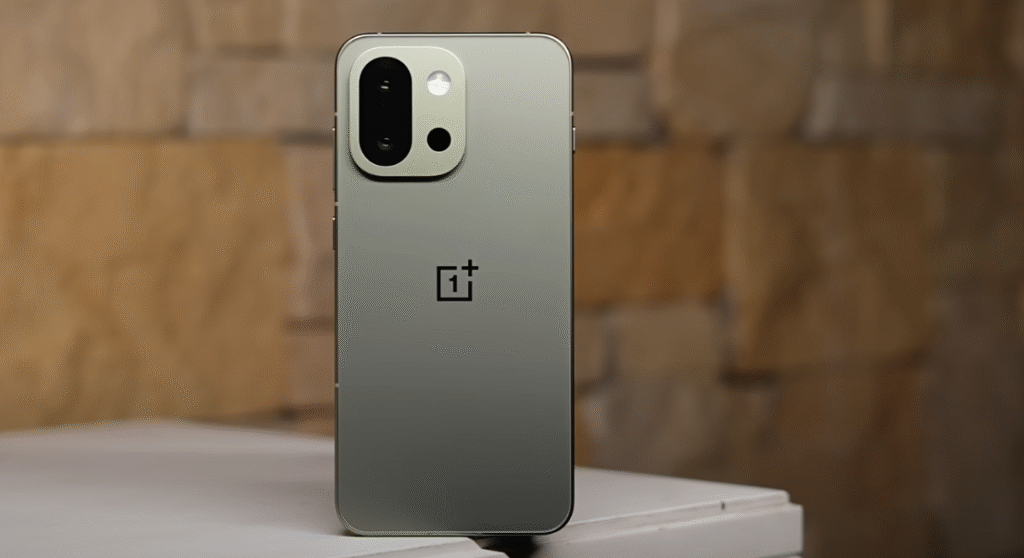
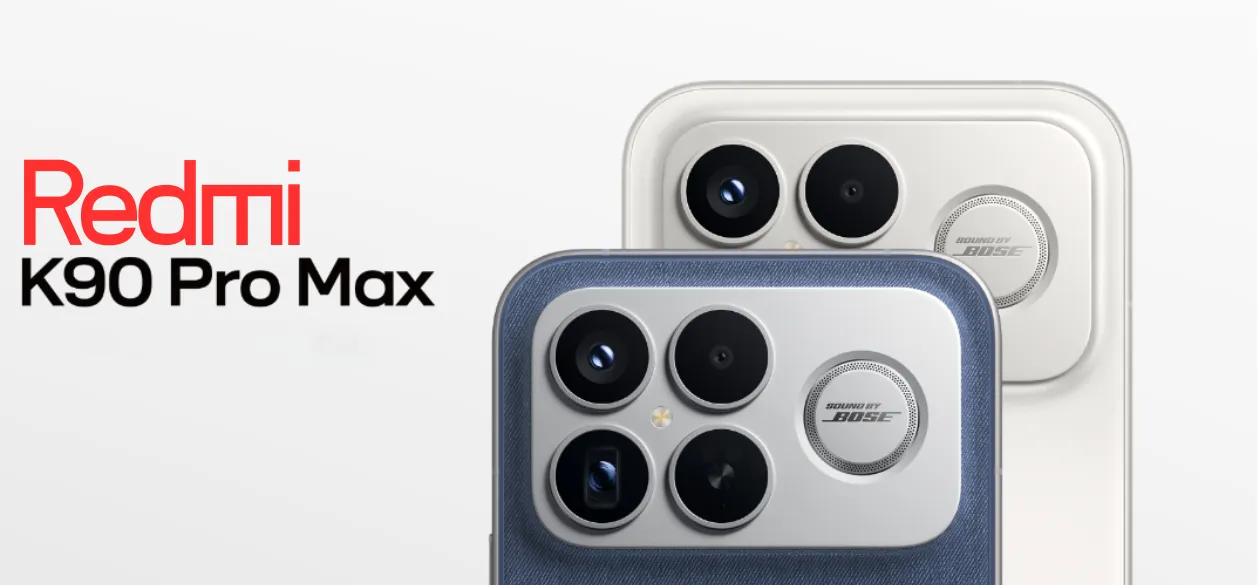
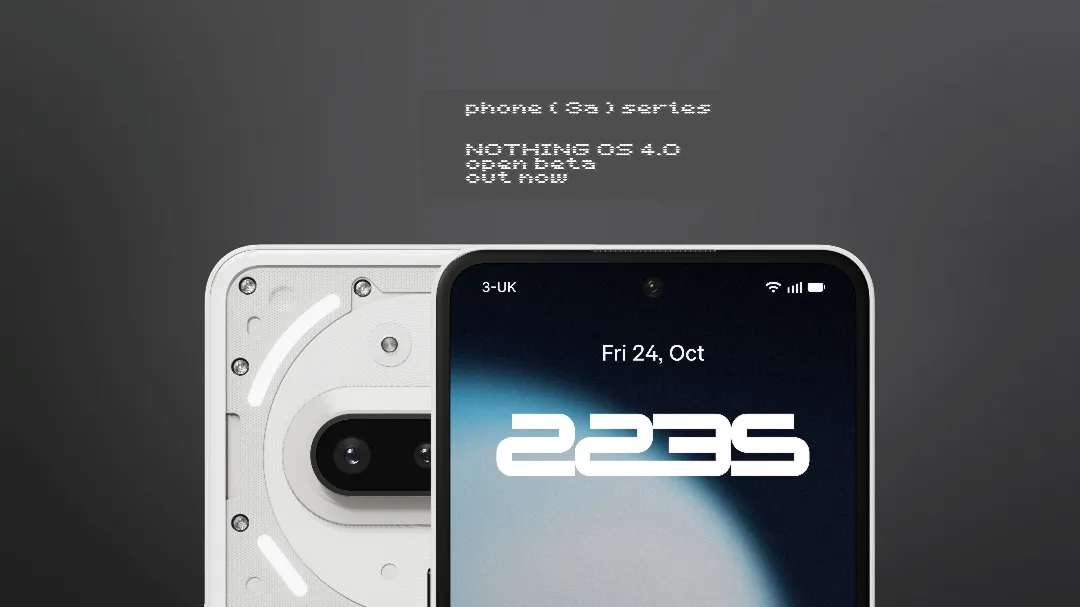



Leave a Reply